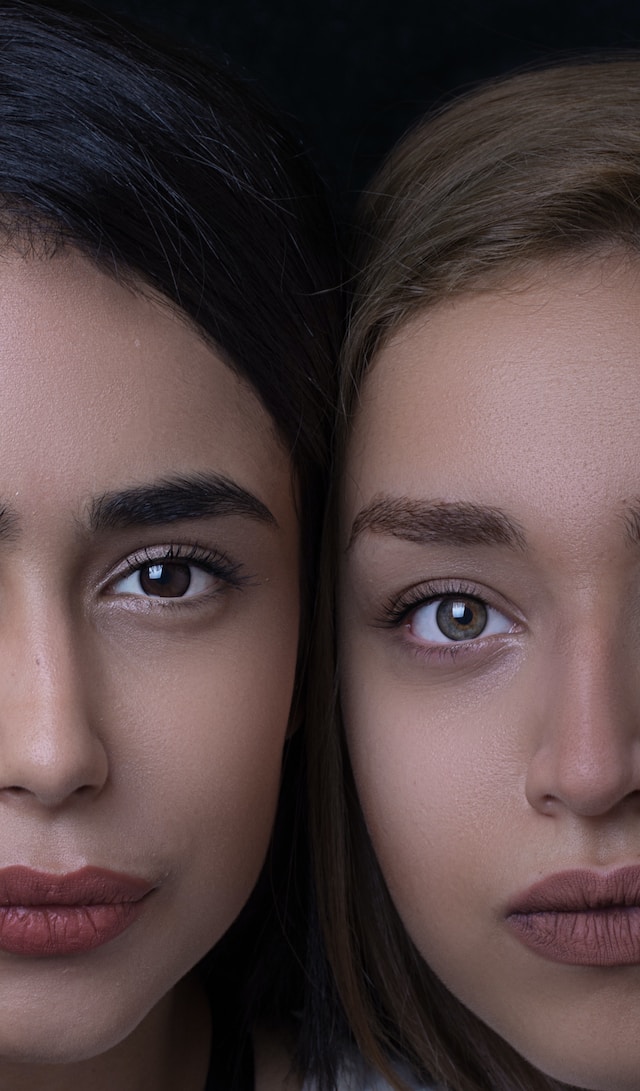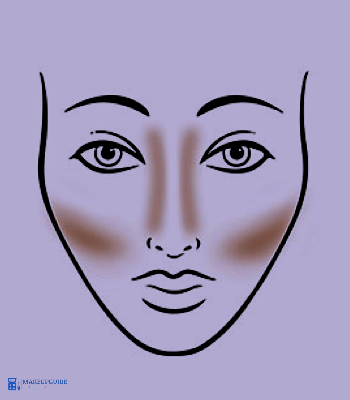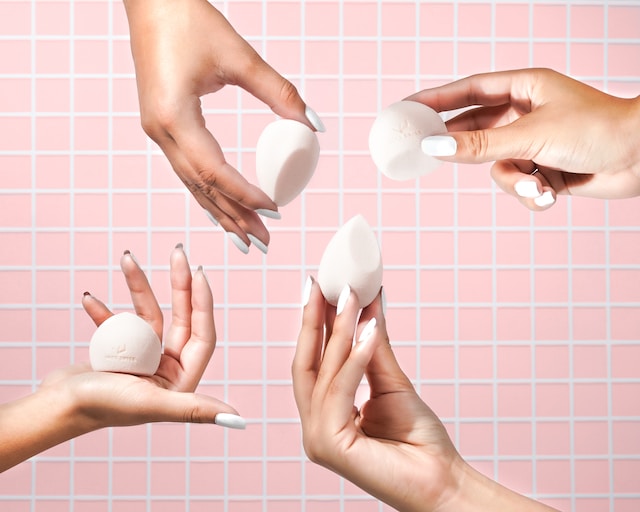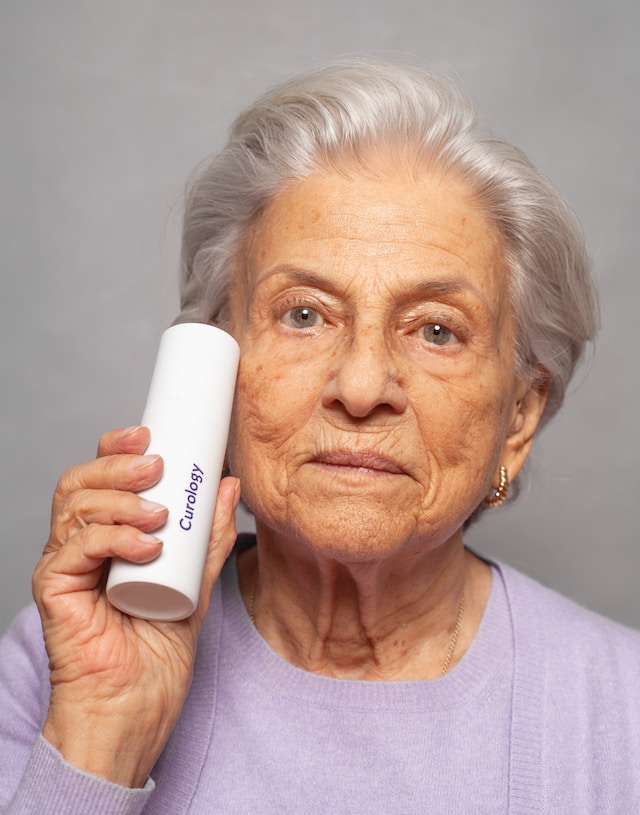Contents
- 1 Introduction
- 2 Prime Your Skin
- 3 Use a Primer
- 4 Moisturize Your Skin Before Applying Foundation
- 5 Use a Setting Powder
- 6 Set Powder with Concealer
- 7 Select the Right Type of Foundation for Your Skin Type and Tone
- 8 Apply Concealer to Conceal Dark Circles and Blemishes, Not Just to Cover Acne Spots or Sun Damage.
- 9 Long lasting makeup starts with the skin.
- 10 Conclusion
Introduction
When you apply your makeup, you want it to last. This isn’t a new concept, of course. We’ve been searching for the fountain of youth since Cleopatra was alive, but with modern technology and beauty products, we can achieve longer lasting makeup than ever before. The key to long lasting makeup is actually in the skin! Here’s how:
Prime Your Skin
Prime your skin to help foundation stay on longer.
Primer can help reduce the appearance of pores, fine lines and wrinkles. It also makes it easier for you to blend out your makeup with a brush or sponge because it creates a smooth surface for your foundation to go over.
Use a Primer
Primer is the secret to long-lasting face makeup that doesn’t cake or crease, and it’s easy to use: Just apply it before you put on your foundation! A good primer will help makeup go on smoother, look more natural and last longer. The best kind of primer? One that matches your skin tone exactly–if you’re using a bright pink blush and have pale skin, for example, then use a white or light-colored product as a base for those pigments so they won’t look too harsh against your skin tone.
Moisturize Your Skin Before Applying Foundation
Before you apply foundation, it’s important to moisturize your skin. Moisturizing helps your makeup go on smoothly and last longer. It also helps reduce the appearance of fine lines and wrinkles by keeping the skin hydrated.
If you have oily or acne-prone skin, however, skip this step as it may make breakouts worse!
Use a Setting Powder
The best setting powder is one that you can use to set your makeup in place. It’s a finishing product, and it will prevent caking and creasing while also mattifying skin if you have oily skin.
Setting powders come in loose form or pressed into a compact pan (like the one pictured above). Loose powders are more versatile because they can be applied with a brush or even with your fingers–this gives you more control over how much product goes where on your face. However, if you’re new to using setting powder or simply prefer something more foolproof than applying an unblended mess with an applicator tool like this one:
- A good option would be to use pressed powders instead of loose ones.*
Set Powder with Concealer
Once you have applied your powder, it’s time to set it. The best way to do this is with a small brush and concealer. If you don’t want to use concealer, you can also use foundation or any other face makeup product that gives a matte finish (for example, highlighter).
Use the small brush and apply powder only on areas where there is no concealer or foundation–in other words, where the skin has been exposed byproducts of makeup removal such as cotton pads or wipes. It’s important not to apply too much because if there’s too much product on one area then others may look cakey instead of smooth!
Select the Right Type of Foundation for Your Skin Type and Tone
If you have dry skin, choose a foundation with oil control. If you have normal or combination skin, look for one that has either a satin or matte finish (but not shiny). For oily complexions, look for one with oil-absorbing properties.
This step may seem obvious, but it’s important because the wrong shade could make the rest of your makeup appear unnatural or clumpy–and no one wants that!
Apply Concealer to Conceal Dark Circles and Blemishes, Not Just to Cover Acne Spots or Sun Damage.
Concealer is a makeup artist’s secret weapon, but it can be used in different ways than you might think. If you’re using concealer to cover acne spots or sun damage, try applying it first under your foundation and powder. This will help the rest of your face look smooth and even.
But if you have dark circles or blemishes that need correcting, apply concealer after applying foundation but before powdering over them (unless they’re particularly severe). The best way to do this is by using a brush with stiff bristles like an angled eyeliner brush or flat kabuki brush so they pick up enough product without being too wet/oily looking when applied directly onto skin
Long lasting makeup starts with the skin.
As you know, foundation is the most important part of your makeup routine. It’s what allows you to conceal imperfections and even out skin tone, but if it’s not applied correctly or if your skin isn’t prepped properly, you’ll end up with cakey patches and creases in no time at all. To avoid these issues:
- Moisturize before applying any face products! This will help keep your skin hydrated while also preventing breakouts later on in the day (if they’re prone).
- Set with powder! This will keep everything in place so you don’t have to worry about smudges or smears once we start layering on more product later on down this list here today.”
Conclusion
The best makeup is the kind that looks like you’re not wearing any at all. To get this effect, you need to start with a clean canvas and apply your foundation in layers. Don’t be afraid of color, but do test it first on your skin before committing yourself! Good luck with your new look!




